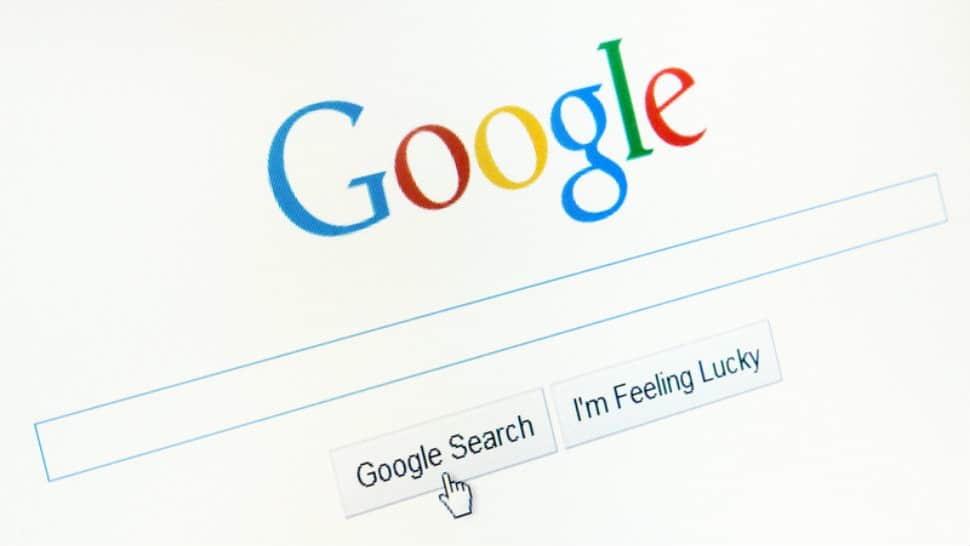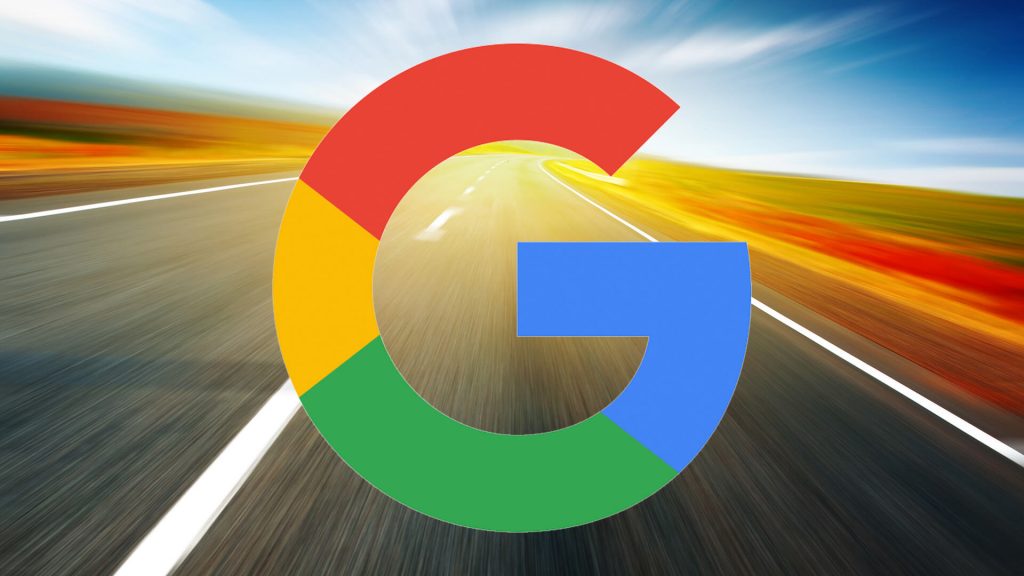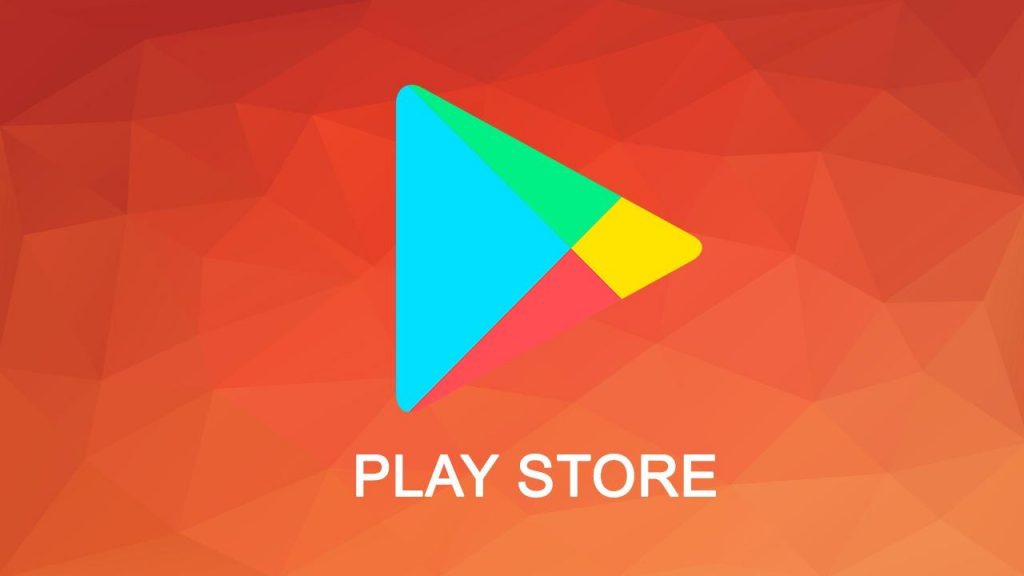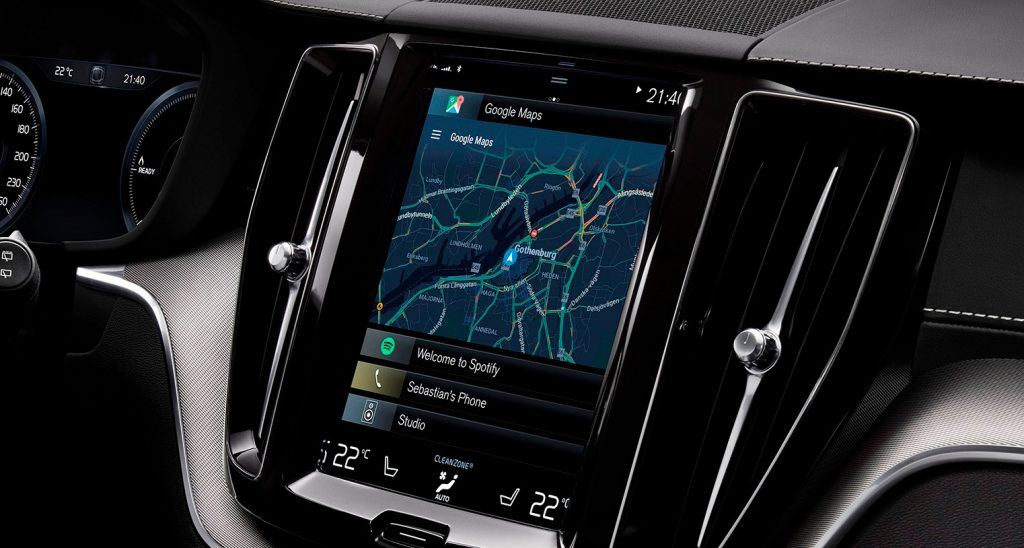Google Makes Changes to its Searches; Only Two Listings From One Site
It is quite common that when you search for a particular keyword, Google may show multiple links of web pages from a single site in the results. This has been a big issue for every site owner, as this makes all their SEO practices failed. But now, Google has decided to work on the issue and provide diverse search results for its users.
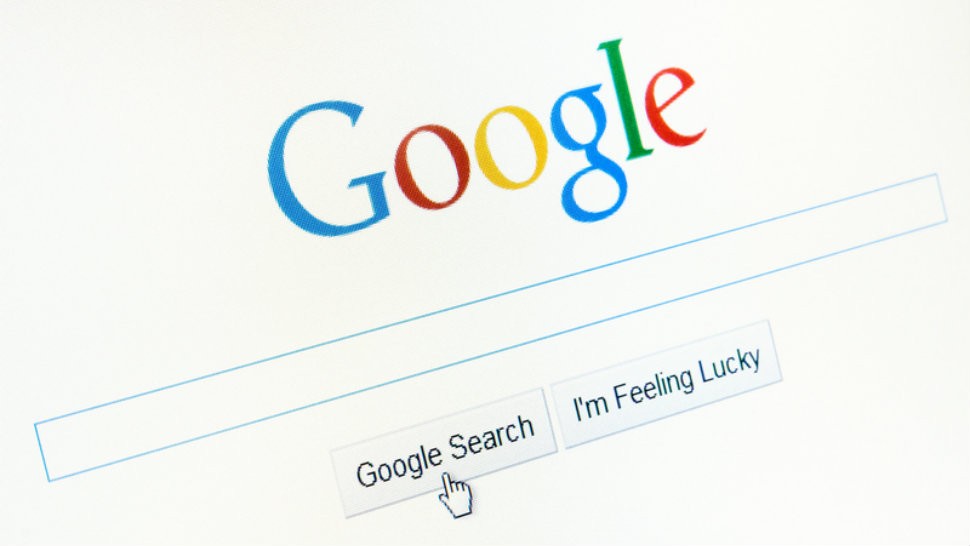
The company has said that the step has been taken “to provide more site diversity” in the search results, the users’ constant feedbacks on the issue being one of the main reasons behind the tweak. According to Google, now there will be no more than two listings from one website in the searches unless it is too relevant and even, depending upon the expertise of the website on that particular keyword. “We may still show more than two in cases where our systems determine it’s especially relevant to do so for a particular search,” said Google.
The appearance of links of multiple web pages from one website creates confusion on which web page is the most relevant to the searched keywords, and moreover, it annoys the users too. With the new tweak, the other sources will get to make their place on the first page of Google searches, and maybe, at the top of it. Due to the dominance of the single website on the first page, those websites get disappeared even from the users’ consideration.
This way, the users will get to see more options for their keyword search and will be able to evaluate the quality of information by looking upon all the other sources as well.
Google has said that the new changes won’t change the way the websites rank, but it will only change the number of links form a single website that will be displayed in the results. The change in the search result is domain based, so the subdomains and their root domains will be treated as part of a single website.
Though according to Google, the changes are already out, many of the Google users have reported that they can still see more links from a single website in the results. Upon which Google has given a statement, that it is still working to improve that.

Yashica is a Software Engineer turned Content Writer, who loves to write on social causes and expertise in writing technical stuff. She loves to watch movies and explore new places. She believes that you need to live once before you die. So experimenting with her life and career choices, she is trying to live her life to the fullest.
